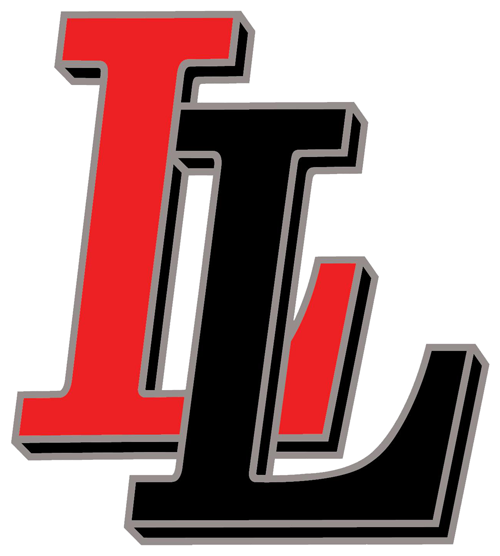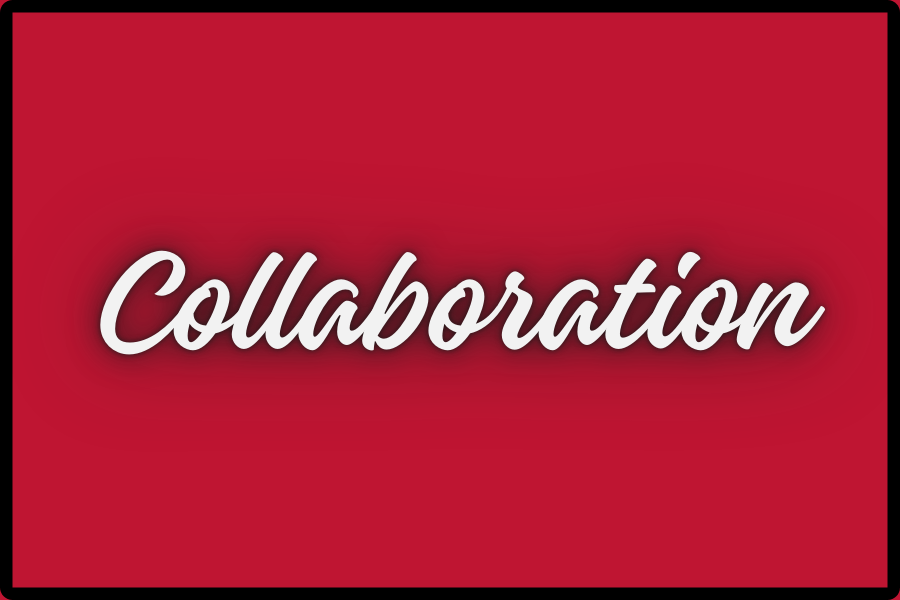High School STEM
Lovejoy STEM Education Model
and Experience Continuum
The Lovejoy STEM Education Model is a partial immersion model. Here, students experience academic content through integrated STEM activities regularly throughout the year. STEM experiences are embedded into the lesson cycle regularly, cross-curricular, and aligned to the Texas Essential Knowledge and Skills (TEKS) or course expectations. This model ensures that STEM education is provided to all students, including special populations.
Throughout their educational experience in Lovejoy ISD, students will move through a continuum of STEM learning experiences, regardless of their career pathway. Students begin by building an awareness of STEM and then begin to explore STEM more thoroughly before applying it not only in school, but outside of the school environment.
In High School...
Having selected their endorsement area, all students develop STEM fluency skills in core content and CTE courses and learn key concepts defined in the TEKS or course expectations. Some students may have more experiences within STEM courses due to a selection of a STEM, Business and Industry, or Public Service endorsement. Students are now expected to be proficient in technology applications and continue to use them seamlessly throughout all coursework. After school STEM clubs, such as robotics, are offered for students and are mostly competitive in nature.
Students also develop an electronic portfolio. Throughout their high school career, students engage in intentional, explicit instruction and practice of skills, such as communication, technology, and research. Community service and leadership opportunities are embedded in their high school experience. Students have the opportunity to explore passions and interests. Artifacts of their learning and accomplishments are reflected in their portfolio. Students present these reflections to underclassmen and the community during their senior year.
Instructional Materials
The availability of STEM materials in classrooms is crucial to promoting problem-solving, critical thinking, and creativity among students. These materials provide hands-on learning experiences, making complex concepts more accessible and engaging. With a variety of different STEM tools, students can develop future-ready skills, including technical literacy and a growth mindset, to prepare students for success in a rapidly changing world.
Lovejoy ISD, along with financial support from the Foundation for Lovejoy Schools, has spent significant time and resources in making sure that teachers have the STEM materials necessary to provide students with quality STEM experiences. The materials differ from campus to campus, based on developmental needs and alignment to the TEKS and course expectations. The following are examples of what is available at each level.
High School
Pro-Bots • Micro:bits • Vex Robotics • Nearpod coding activities • Vernier Software and Equipment • Desmos • Drones • 3D printers • Bulb Digital Portfolios • Digital Content Creation Tools • Content related resources • Consumable resources and materials

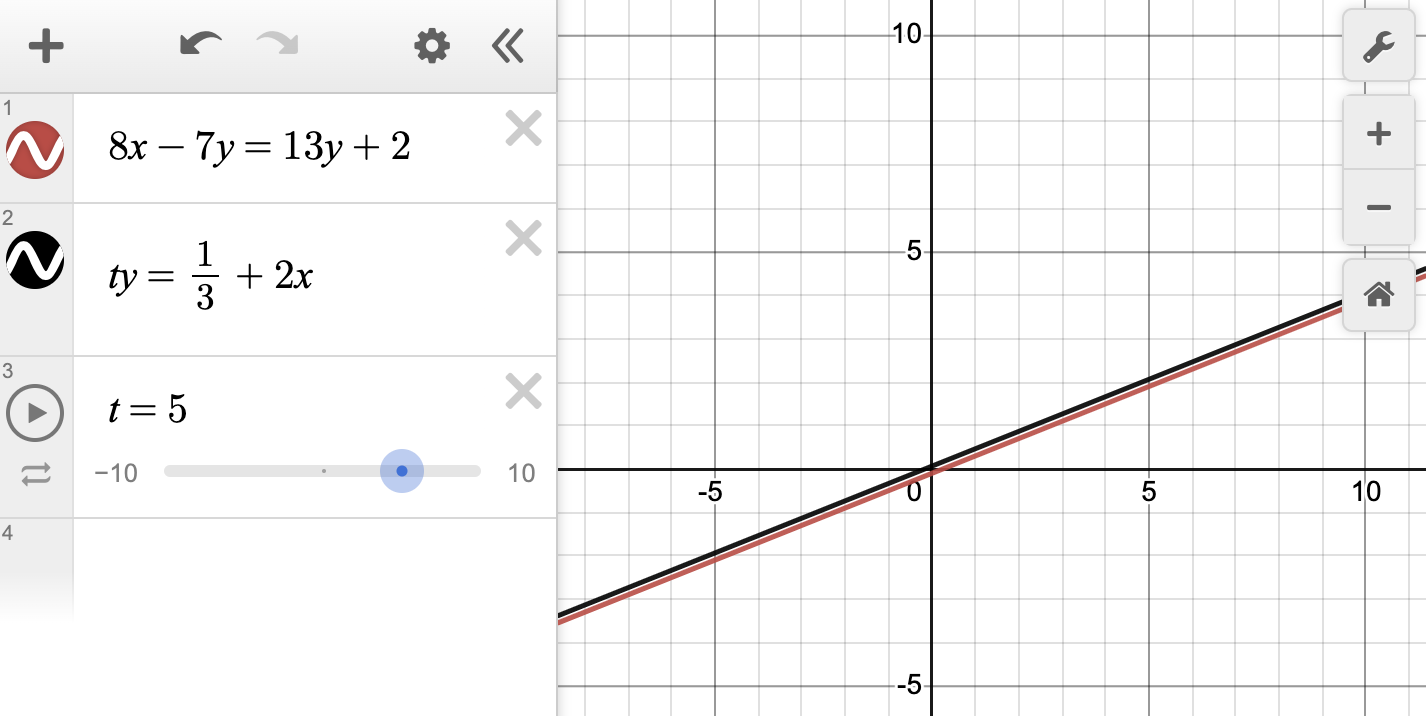
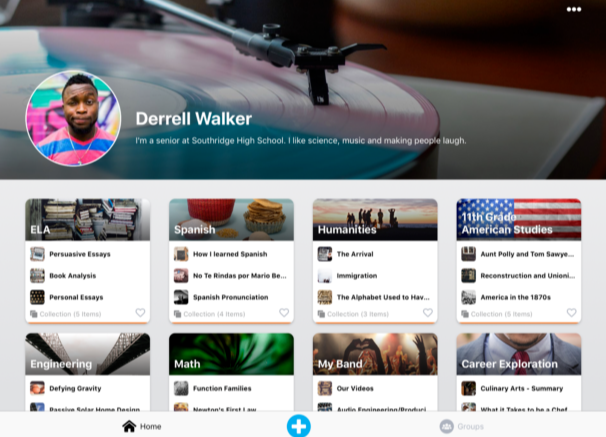
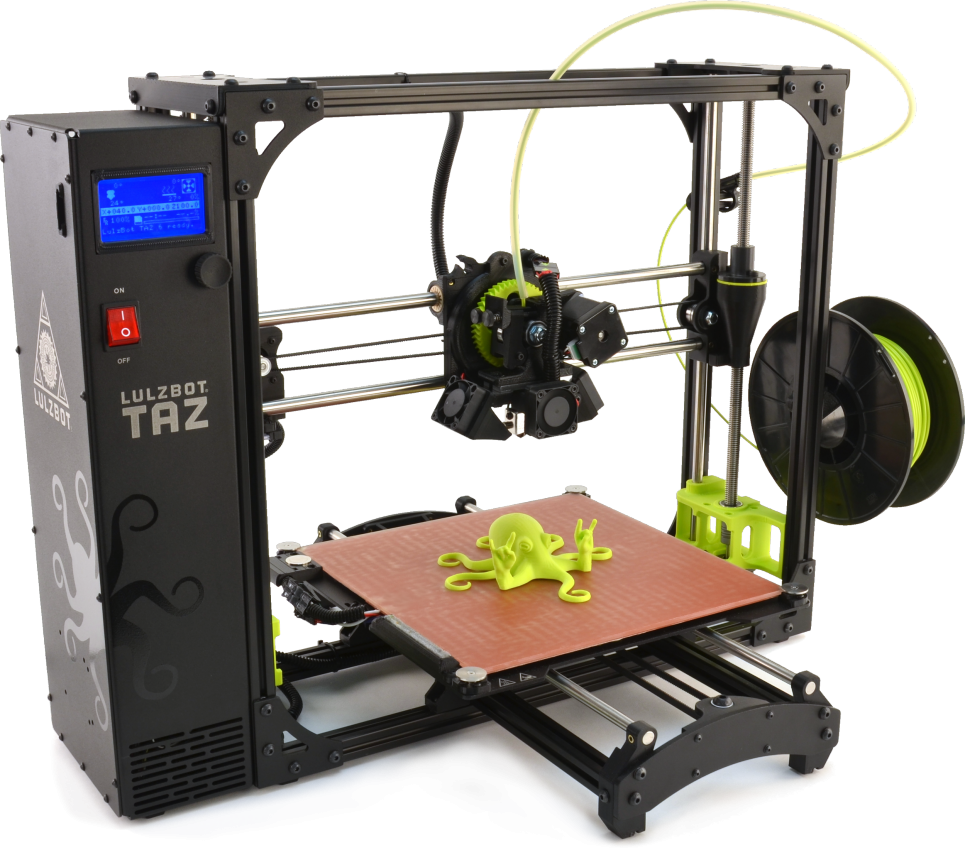
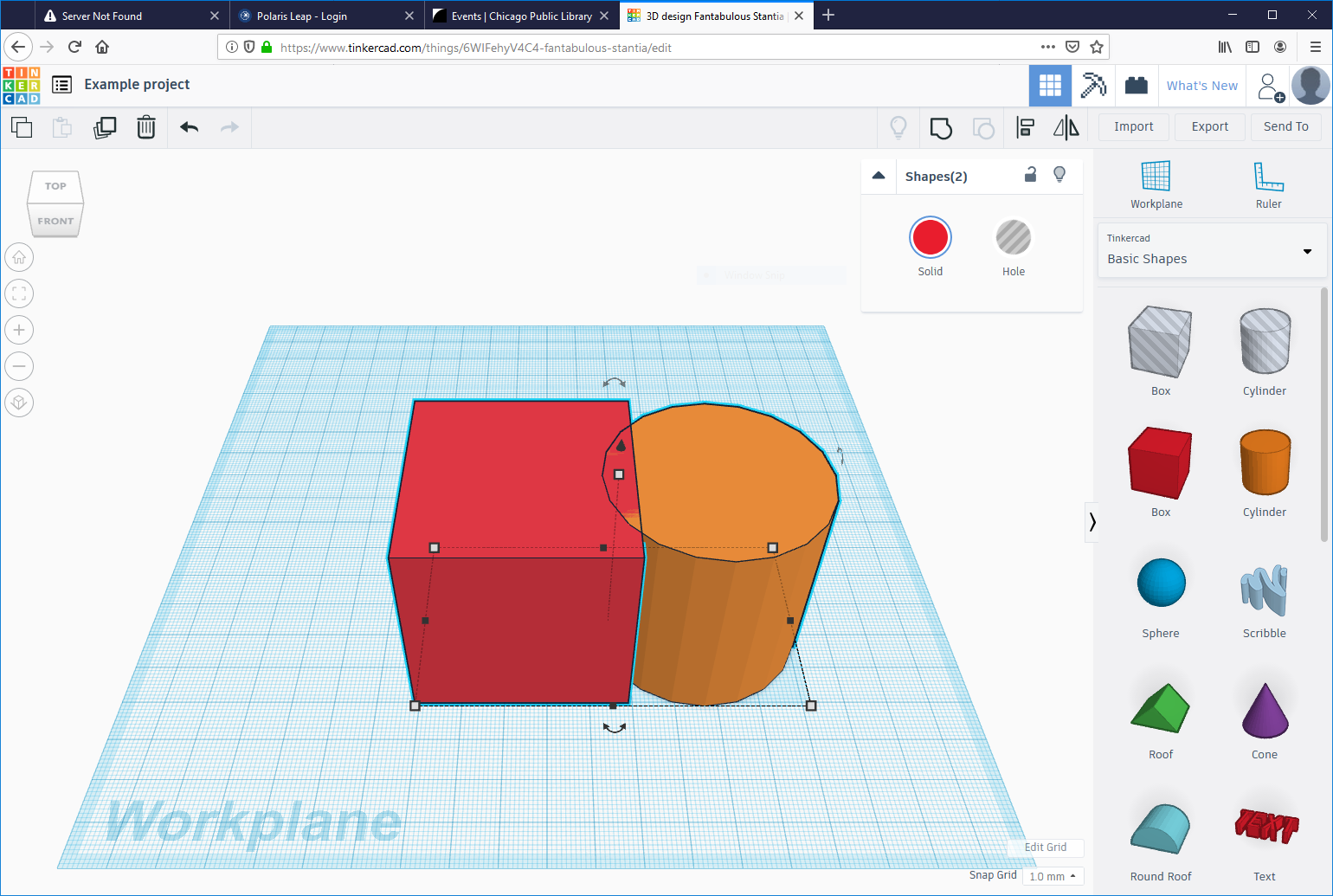
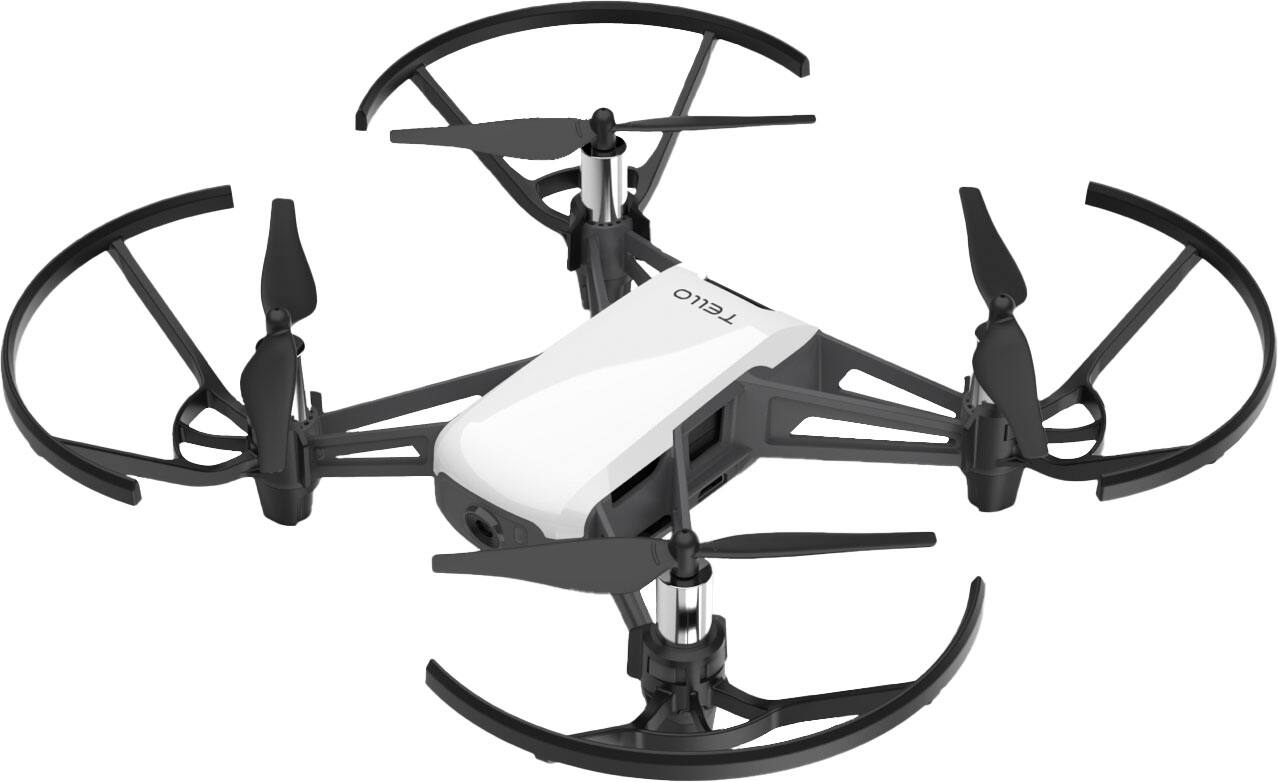

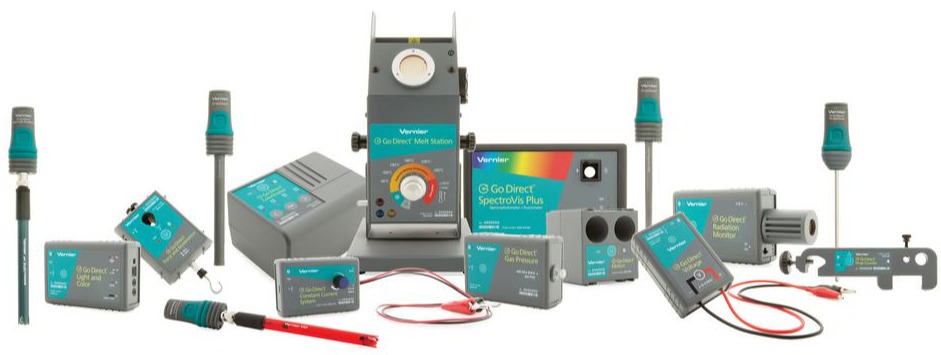
High School STEM Scope and Sequence
In order to promote a cohesive educational experience for Lovejoy students, the Lovejoy ISD STEM scope and sequence presents a logical, developmentally appropriate plan for instruction, ensuring that all necessary content is addressed. The TEKS and course specific standards, with a focus on those in science, mathematics, and technology, lay the foundation for STEM education in Lovejoy ISD. These expectations progress through the student’s educational experience and provide skills to develop well-prepared individuals ready to pursue and fulfill their career paths.
SCIENCE and ENGINEERING
1 Scientific processes. The student, for at least 40% of instructional time, conducts laboratory and field investigations using safe, environmentally appropriate, and ethical practices.
2 Scientific processes. The student uses scientific practices and equipment during laboratory and field investigations.
3 Scientific processes. The student uses critical thinking, scientific reasoning, and problem solving to make informed decisions within and outside the classroom.
TECHNOLOGY
Students are granted credit through specific courses that cover knowledge and skills for Technology Applications needed to be college and career ready.
AP Computer Science A
Computer Science I and III Advanced
Independent Studies in Technology Applications
Journalism
Advanced Broadcast Journalism
Photojournalism
Audio/Video Production I, II and III
Practicum in A/V Production
Principles of Arts, Audio/Video, Technology and Communications
Graphic Design and Illustration I and II
Digital Media
Digital design and Media Productions
Digital Art and Animation
Business Information Management I and II
Introduction to Computer-Aided Design and Drafting
Intermediate Computer-Aided Design and Drafting
Principles of Applied Engineering
Engineering Design and Development
Computer Integrated Manufacturing
Robotics I and II
Introduction to Aerospace and Aviation
Introduction to Unmanned Aerial Vehicles
Practicum in STEM
Practicum in Manufacturing
Practicum in Transportation Systems
MATHEMATICS
1 Mathematical process standards. The student uses mathematical processes to acquire and demonstrate mathematical understanding.
Advanced (PreAP) Instructional Strategies
Close Observation and Analysis. Students are provided time to carefully observe one data set, text, image, performance piece, or problem before being asked to explain, analyze, or evaluate. This creates a safe entry point to simply express what they notice and what they wonder. It also encourages students to slow down and capture relevant details with intentionality to support more meaningful analysis, rather than rushing to completion at the expense of understanding.
Higher-Order Questioning. Students engage with questions designed to encourage thinking that is elevated beyond simple memorization and recall. Higher-order questions require students to make predictions, synthesize, evaluate, and compare. As students grapple with these questions, they learn that being inquisitive promotes extended thinking and leads to deeper understanding.
Evidence-Based Writing. With strategic support, students frequently engage in writing coherent arguments from relevant and valid sources of evidence. These courses embrace a purposeful and scaffolded approach to writing that begins with a focus on precise and effective sentences before progressing to longer forms of writing.
Academic Conversation. Through peer-to-peer dialogue, students’ ideas are explored, challenged, and refined. As students engage in academic conversations, they come to see the value in being open to new ideas and modifying their own ideas based on new information. Students grow as they frequently practice this type of respectful dialogue and critique and learn to recognize that all voices, including their own, deserve to be heard.
